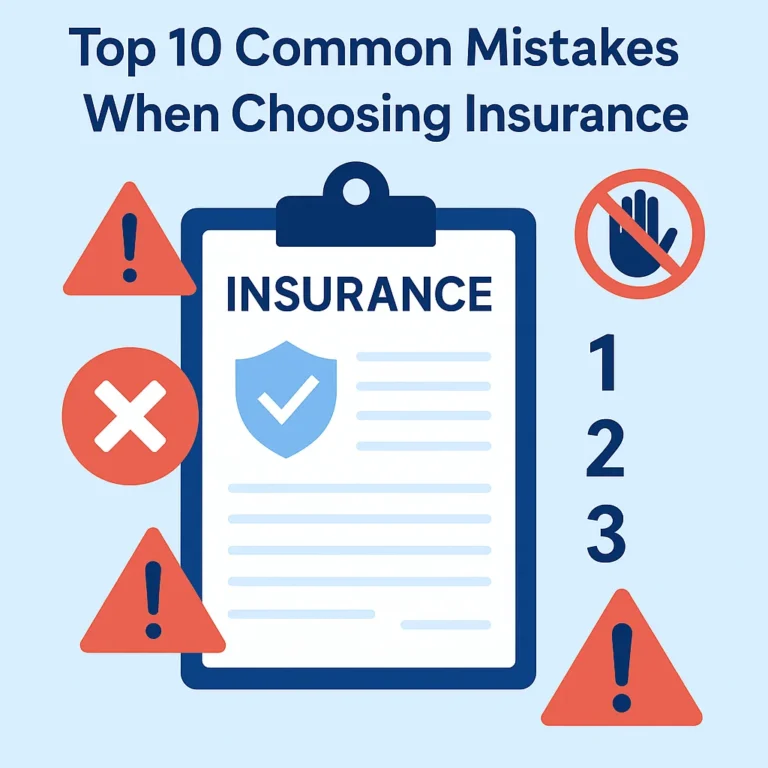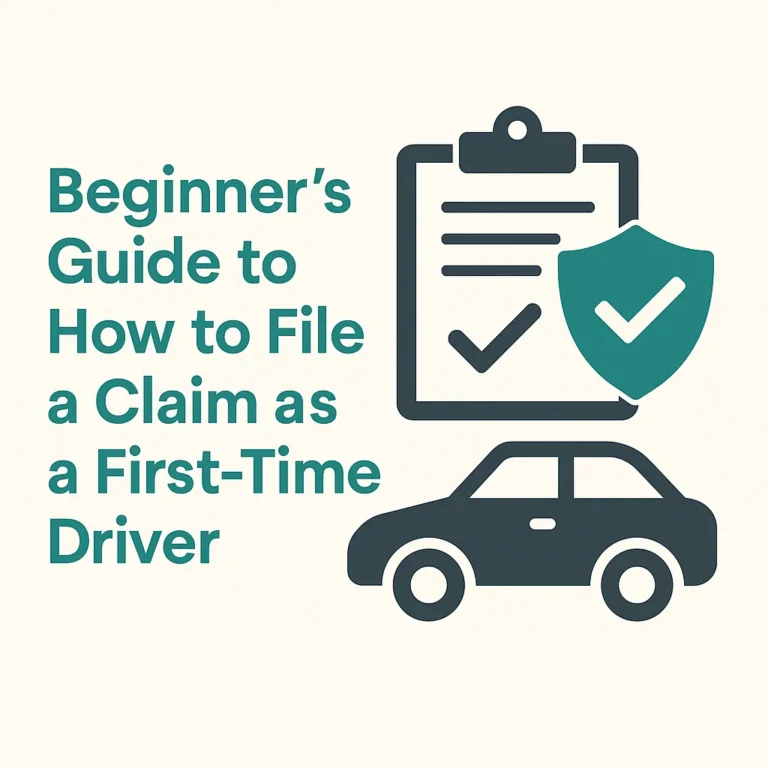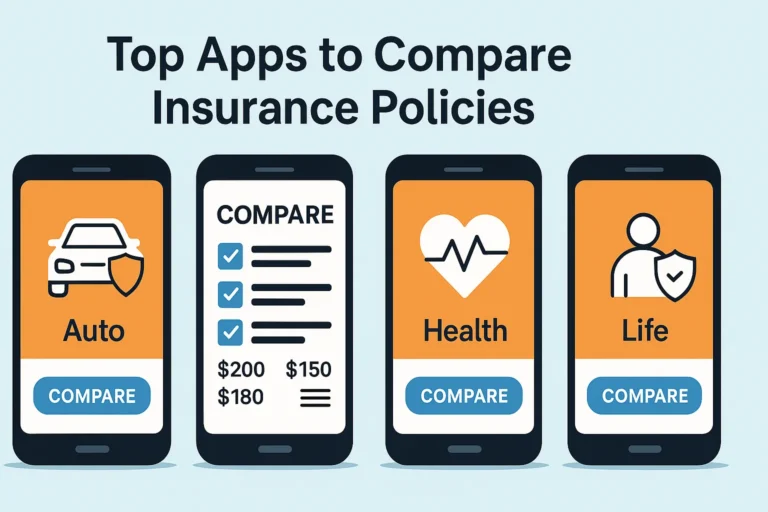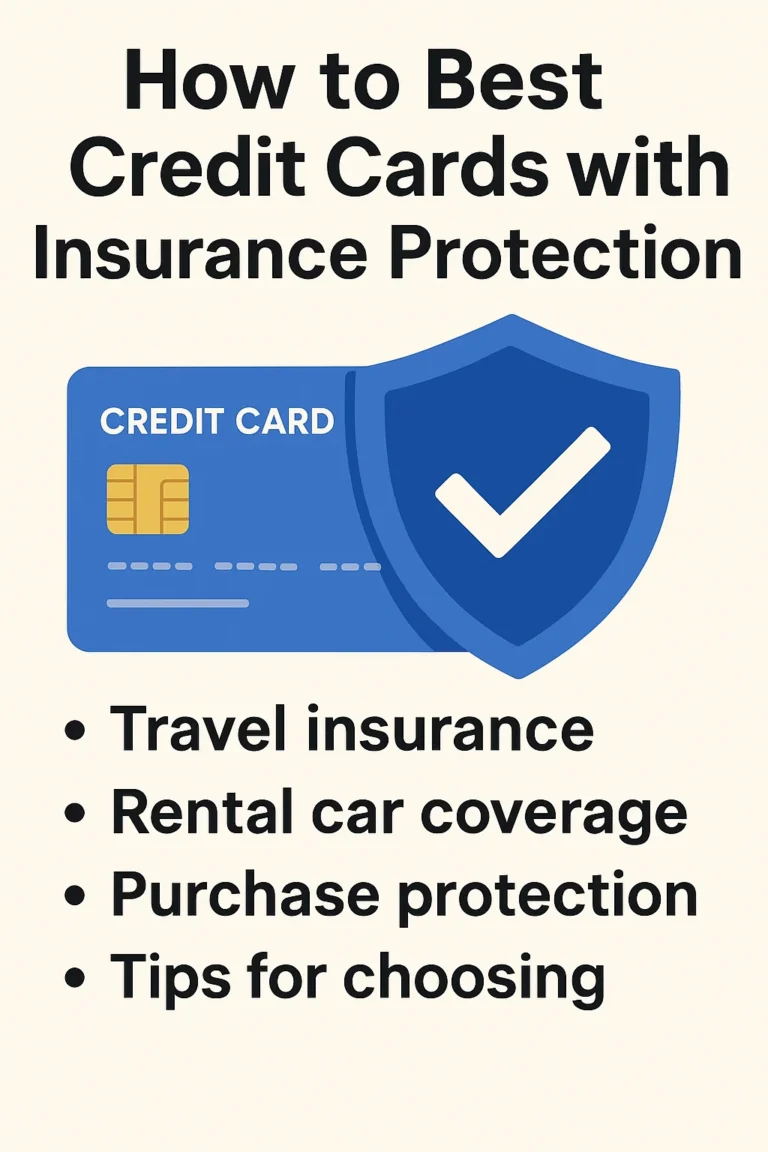Finding affordable student car insurance in Texas can feel overwhelming, especially for those new to driving or paying for insurance independently. Between confusing terms, unexpected fees, and varying company offers, it’s easy to miss savings opportunities.
This guide is designed specifically for students and first-time drivers. We explain what to look for, how to apply smartly, and how to compare offers in plain English. With clear steps and comparison tables, you’ll be ready to choose a policy that fits your student budget without sacrificing coverage.
Understanding Student Car Insurance in Texas
Student car insurance refers to vehicle coverage plans that are tailored for young or college-aged drivers, often under 25. Because of their age and limited driving experience, students are statistically more likely to pay higher premiums. In Texas, this trend is no different.
Texas insurance laws require all drivers to carry minimum liability coverage. For students, balancing these legal requirements with affordability is key. Luckily, many insurance providers offer special discounts or customized plans for students, which can significantly reduce costs.
It’s important to understand the basic components of car insurance: liability, collision, comprehensive, uninsured motorist, and personal injury protection (PIP). Knowing which are legally required and which are optional can help you make better decisions.
Students may also face challenges such as limited credit history or not owning the vehicle in their name, which can impact policy pricing. Some providers allow students to stay on a parent’s policy, while others require individual registration based on where the car is primarily kept.
Finally, note that insurance companies in Texas use a variety of factors to calculate premiums — including ZIP code, driving history, academic performance, and vehicle type. Knowing these factors can help you understand quotes and negotiate smarter.
Step-by-Step: How to Get Cheap Student Car Insurance in Texas
Step 1: Research Discounts for Students
Many insurers offer student-specific discounts such as “Good Student Discount,” which applies if you maintain a GPA of 3.0 or higher. You may also qualify for “Distant Student” discounts if your school is far from home and you don’t bring the car with you.
Step 2: Compare Multiple Insurance Providers
Never settle for the first quote you receive. Use online comparison tools and request personalized quotes from at least 3–5 providers. Look beyond just the price—check what is covered, deductible amounts, and policy limits.
Step 3: Choose the Right Coverage Levels
In Texas, the minimum liability coverage is 30/60/25. That means $30,000 per injured person, up to $60,000 per accident, and $25,000 for property damage. But students may benefit from slightly higher protection to avoid major out-of-pocket costs later.
Step 4: Stay on Your Parents’ Policy (if allowed)
If your parents have a good driving record and full coverage, staying on their policy can be significantly cheaper. Ensure that your vehicle registration and usage location align with policy requirements to stay compliant.
Step 5: Select a Safe, Affordable Vehicle
Cars with higher safety ratings and lower repair costs tend to be cheaper to insure. Avoid sports cars and luxury vehicles. A used sedan or hatchback with anti-theft features can lower your premium.
Compare Insurance Plans: Example Tables
| Insurance Company | Monthly Premium | Good Student Discount | Minimum Liability |
|---|---|---|---|
| GEICO | $92 | Up to 15% | Yes |
| State Farm | $105 | Up to 25% | Yes |
| Progressive | $110 | Up to 10% | Yes |
| Feature | Basic Liability | Full Coverage |
|---|---|---|
| Legal Requirement | Yes | No |
| Collision & Theft Protection | No | Yes |
| Monthly Cost | $80–$120 | $130–$250 |
| Best for | Old/cheap cars | New/financed cars |
Common Mistakes Students Make (and How to Avoid Them)
Buying Without Comparing
Many students buy from the first provider they see. This often leads to overpaying or getting inadequate coverage.
Choosing Lowest Premium Without Understanding Coverage
Lower premiums may come with high deductibles or limited benefits. Understand the trade-offs before deciding.
Forgetting About Discounts
Neglecting to ask for academic, safety, or telematics-based discounts can mean missing major savings.
Not Updating Policy When Moving
Moving cities for college? Update your address. ZIP codes affect pricing, and outdated info may void your policy.
Skipping Telematics Programs
Usage-based insurance programs track your driving habits. Many students who drive carefully save 10–30% this way.
FAQs: Student Car Insurance in Texas
Do I need my own insurance if I drive my parents’ car?
If you live at home and drive occasionally, you may be covered under their policy. But once you move out or register a car in your name, you’ll need separate insurance.
How can I prove I’m a good student?
Most companies accept recent report cards, transcripts, or school-issued GPA reports to validate your eligibility for discounts.
Is full coverage worth it for students?
It depends on your car’s value. If it’s new or financed, full coverage may save you from major out-of-pocket costs in accidents or theft.
Conclusion and Action Plan
Getting affordable car insurance as a student in Texas is all about being proactive and informed. Compare quotes, ask about student discounts, and choose a car that’s inexpensive to insure. Whether you’re staying on a parent’s plan or getting your own, the right steps can save you hundreds of dollars annually.
Start today by checking your eligibility for discounts and gathering quotes from multiple providers. Tools like Compare.com or The Zebra are great places to begin.
Need more guidance? Check our article on How Car Insurance Works in Florida or explore Top Mistakes to Avoid When Choosing Insurance.






